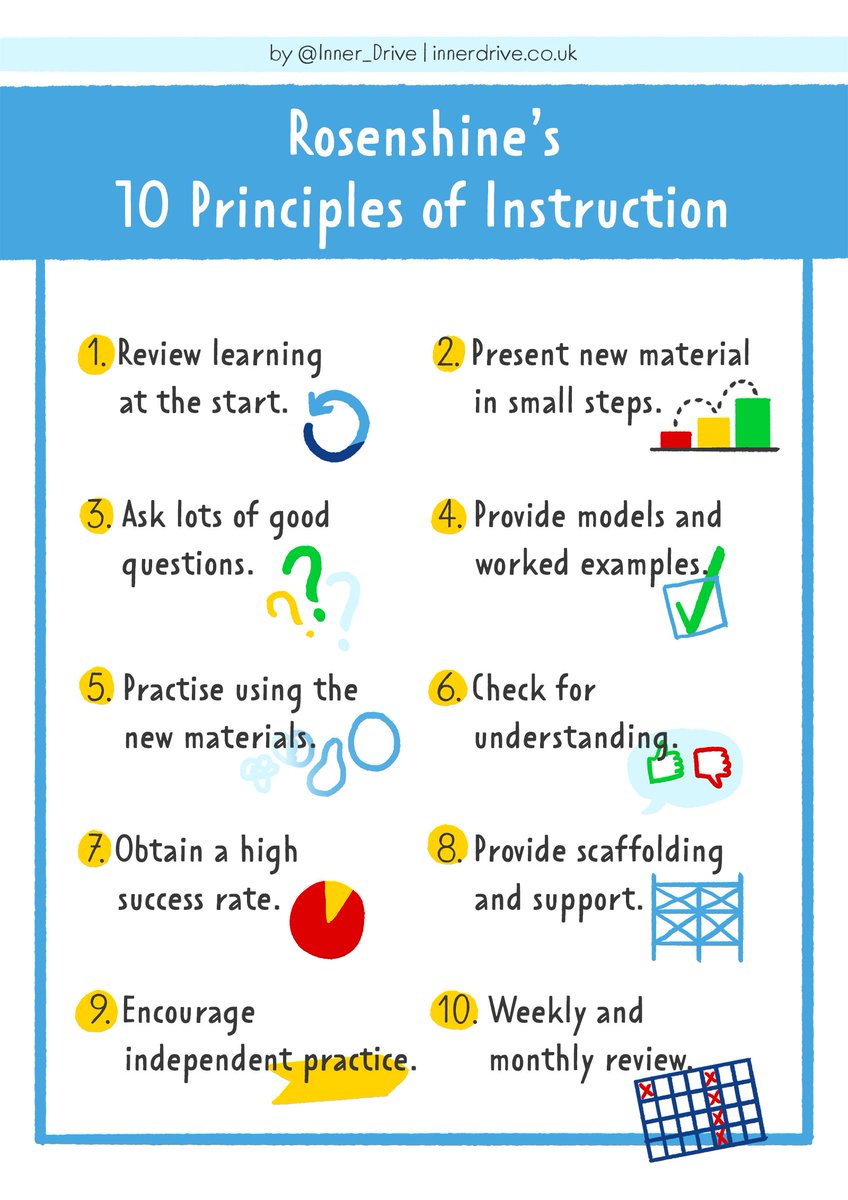A major element of teaching with examples is being clear about what something is and what it isn’t so they learn a “general case” rather than isolated facts. Here are five principles from Direct Instruction:
1. Wording Principle: use the same wording whenever possible.
1. Wording Principle: use the same wording whenever possible.

2. Set Up Principle: During initial teaching of a concept, pair examples with non examples that
differ in a single feature, so only
one interpretation is possible. In later lessons, use additional examples to further expand the range of the concept.
differ in a single feature, so only
one interpretation is possible. In later lessons, use additional examples to further expand the range of the concept.

3. The Difference Principle: To illustrate the boundaries of a concept, juxtapose examples with non-examples that are just slightly different except in the one critical feature and indicate that they are different. 

4. The Sameness Principle: To show the range of the concept, we should juxtapose examples of the concept that differ from one another as much as possible and yet still illustrate the concept and indicate that they are the same. This sequence is intended to foster generalization. 

5. The Testing Principle: Finally, to test if students understand the new concept, we should juxtapose new, untaught examples and nonexamples in a non-predictable order. This helps us rule out that students are just guessing. 

Here is the source:
https://twitter.com/mrzachg/status/1746380988735955088
Come learn about explicit and direct instruction - and DI - in this YouTube live stream next week. Click the link for when it streams for your time zone!
• • •
Missing some Tweet in this thread? You can try to
force a refresh













